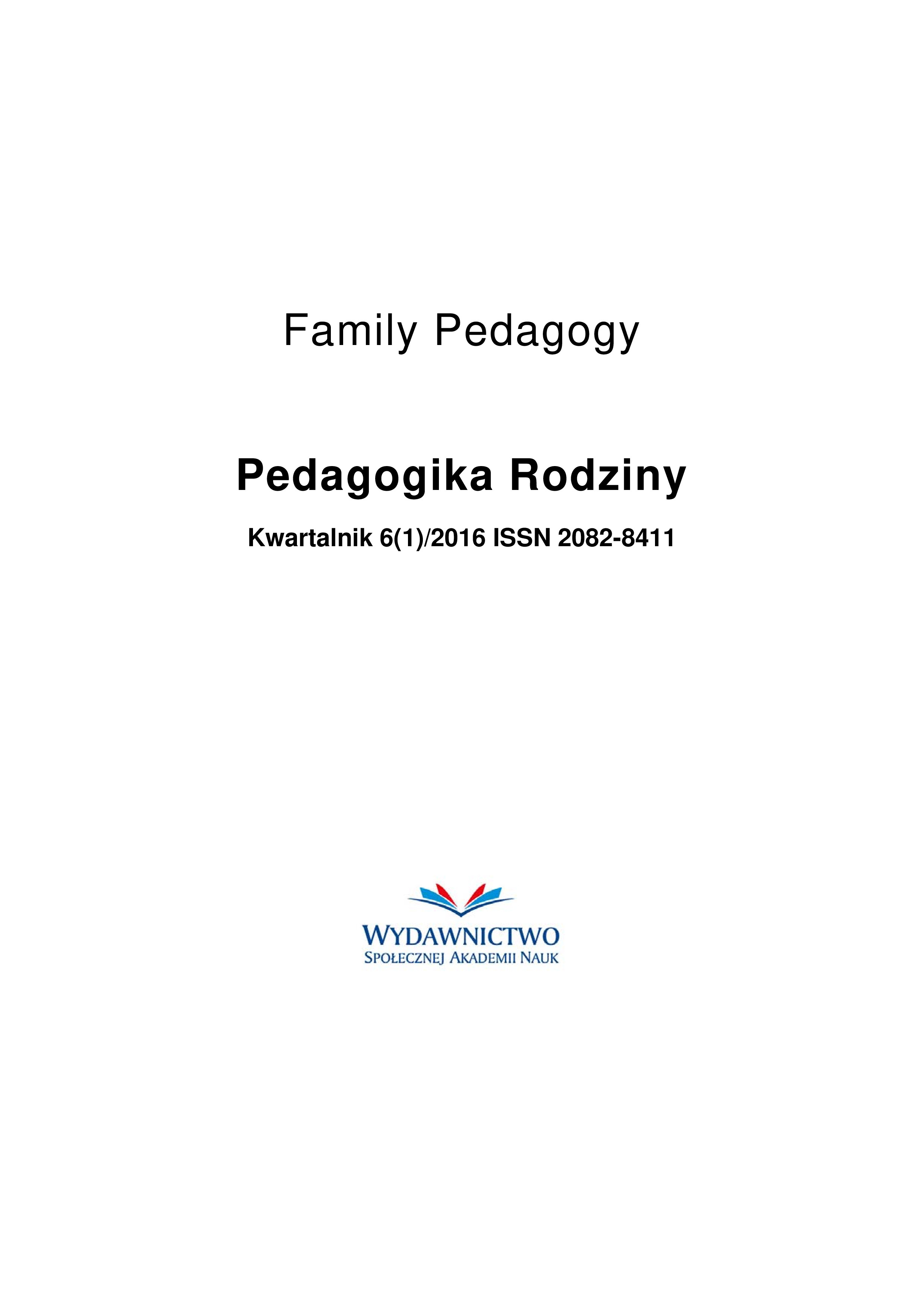Wpływ treningu pływackiego na układ oddechowy dzieci w wieku szkolnym
The influence of swimming training on the respiratory system of school‐age children
Author(s): Agnieszka Cieślak, Katarzyna Dudek, Aleksandra Wasilewska, Katarzyna Michalak, Elżbieta Poziomska-PiątkowskaSubject(s): Social Sciences, Education
Published by: Społeczna Akademia Nauk
Keywords: swimming training; physical activity; respiratory parameters; teens
Summary/Abstract: The aim of this study was to examine if intensive swim training influence the function and efficiency of the respiratory system in children training swimming in comparison to their non‐swimming peers, using spirometry. The study aimed to assess the basic respiratory parameters in school‐aged children. The survey was conducted in 44 Gymnasium under the name of Wislawa Szymborska in Lodz. The study involved 50 students, including 27 girls and 23 boys, aged 13 to 15 years. The subjects were divided into two groups based on prior enquiry. The first group consisted of children who trained swimming for minimum five years, belonged to one of Lodz’s sports clubs and had a valid sports license and a valid medical examination. Each child from the study group attended 11 training units at the swimming pool per week. Control group consisted of students who participated only in physical education classes at school and had never train swimming or any other sport. Both groups consisted of 25 people. The exclusion criteria included: chronic diseases and respiratory infections, fever and lack of parents’/guardians’ consent to participate in the study. Each child underwent spirometric examination. In this purpose the MicroLab MK8 spirometer was used.Each subject completed minimum three trials during the test. Subsequent measurements were taken after the breathing was regulated but not earlier than after 30 seconds.The best trial has been selected for the analysis. The measurements were carried out in sitting position, it was highlighted that the clothes should not crump chest movements. Four basic respiratory parameters were measured: forced expiratory volume in 1 second (FEV1), forced vital capacity (FVC), FEV1/FVC ratio and peak expiratory flow (PEF). Analyzing the results of the study it may be concluded that the regular swim training can influence the increase of respiratory parameters such as forced expiratory vital capacity, forced expiratory volume in the first second and peak expiratory flow in school‐aged children, and that regular physical activity in the water should be used in addition to rehabilitation of diseases involving limitations in forced vital capacity.
Journal: Pedagogika Rodziny
- Issue Year: 6/2016
- Issue No: 1
- Page Range: 169-176
- Page Count: 8
- Language: Polish

